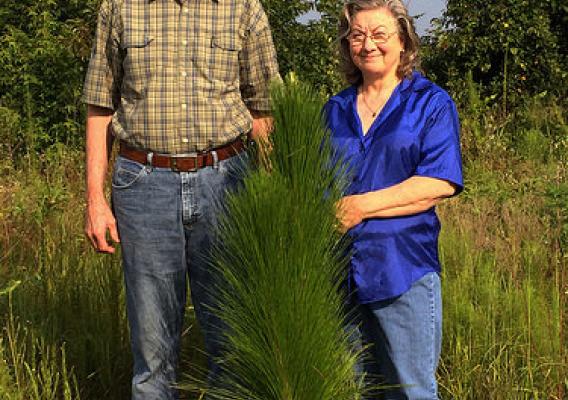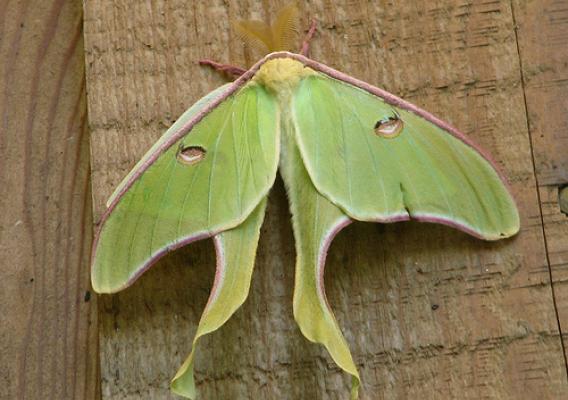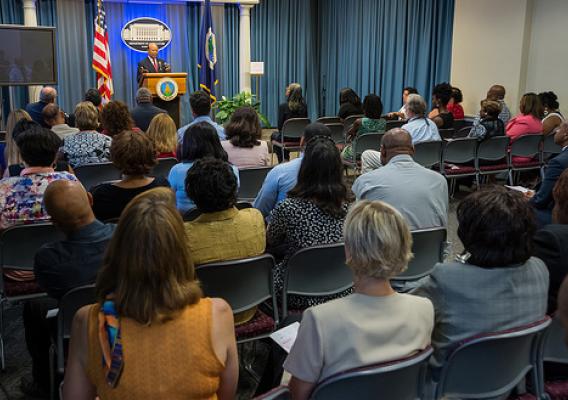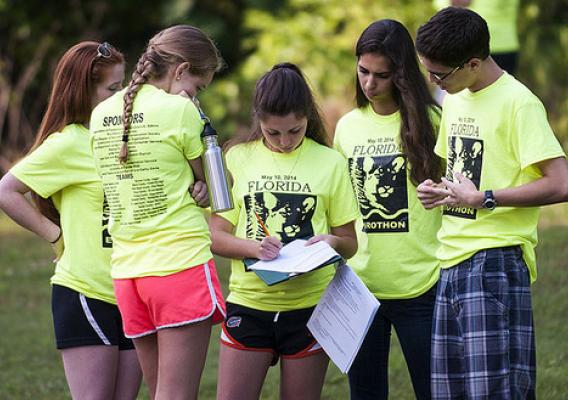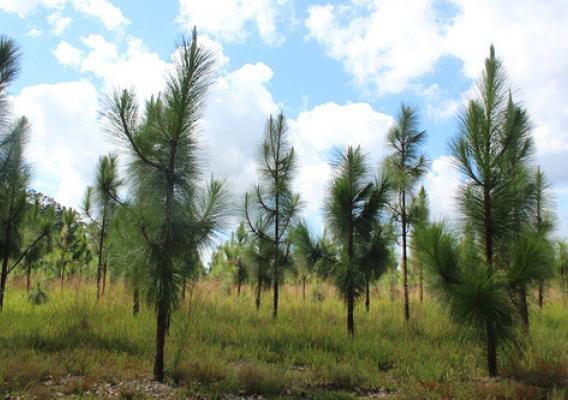U.S. agricultural exports are a bright spot in our economy - the past five years represent the strongest in history for agricultural trade. We export everything from soybeans and dairy to specialty products and fresh produce, all adding up to revenue and jobs back home in the United States. On a recent trip to China, I was able to see the wide range of products we are exporting, met with Chinese importers of American agricultural products and visited USDA staff working to get U.S. products into the Chinese market.
China is the largest market for American agricultural products, accounting for nearly 20 percent of all foreign sales of U.S. exports. These exports include bulk commodities like soybeans, cotton and wheat, but a wide variety of specialty items are also bought, like ginseng and Washington cherries. The diversity of American agricultural products represented in China was very impressive, as well as the innovative ways U.S. products are being used overseas.


